...
Kangaroo Mother Care
For Parents In Malaysia
KMC at Birth and After
“My baby is always hungry whenever I do KMC.” (mother) “Mothers who perform KMC frequently produce more breast milk and are better in breastfeeding (direct breastfeeding) their babies.” (healthcare professional)
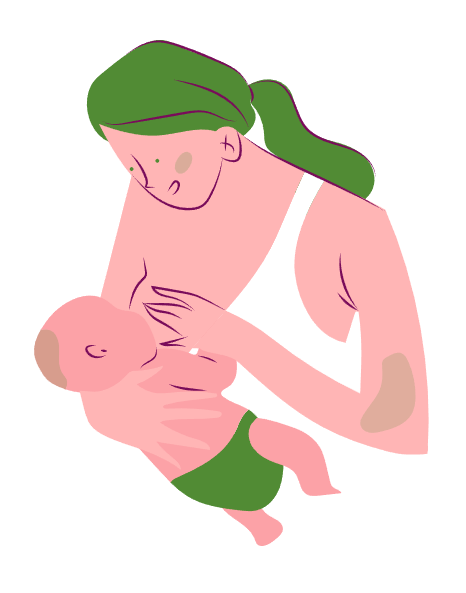
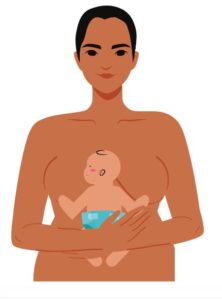

The first skin-to-skin you could experience is right after your baby is born. Your baby is placed immediately on your chest, perhaps before the cord is cut, and usually for at least 1 hour. This stage is often described as skin-to-skin contact, but is actually the beginning of KMC. After the birth is over, more importantly this practice is to be continued regularly or even continuously.
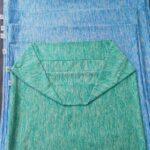
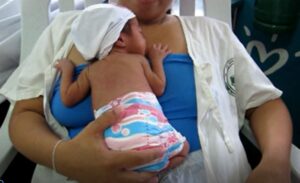
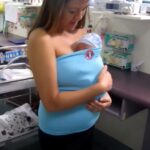
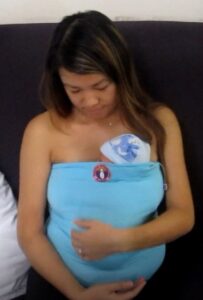
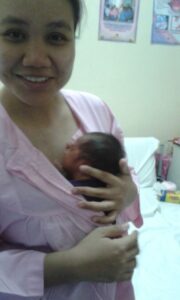

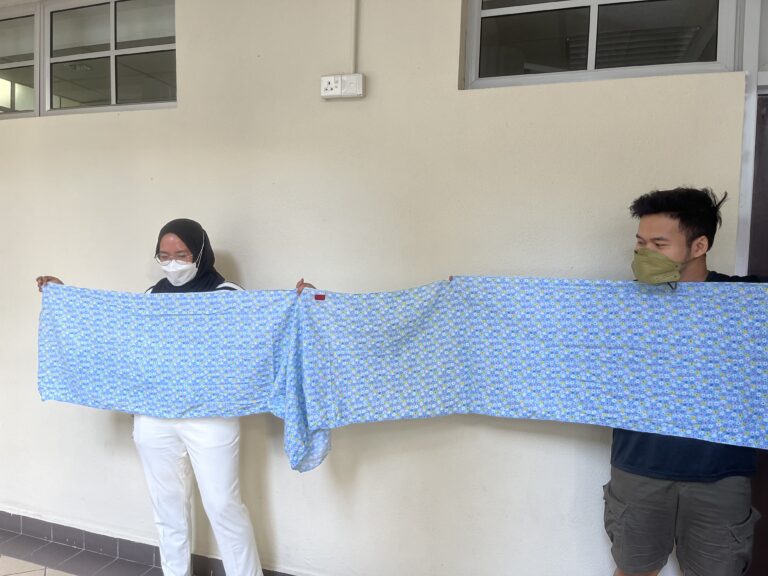

Who can do KMC?
Father, mother, grandparents or siblings – all can do KMC.

No. Both your baby’s and your clothing prevent skin-to-skin contact at the chest area.
No. Although the most profound benefits are seen in preterm babies, all babies (small or large, born early or not, well or not well) will have a lot to gain from KMC. Even you and your family will gain something.
Read more on benefits at Science behind KMC.
Read about KMC. The information in this website could help you. Tell your doctor that you want KMC.

In some hospitals, KMC is routinely done for these babies, with good outcomes.
Ask your baby’s doctor or nurse.
Research articles
- Pavlyshyn H, Sarapuk I, Casper C, Makieieva N. Kangaroo mother care can improve the short-term outcomes of very preterm infants. J Neonatal Perinatal Med. 2021;14(1):21-28. doi: 10.3233/NPM-200455. PMID: 32568123.
- Conde-Agudelo A, Belizán JM, Diaz-Rossello J. Kangaroo mother care to reduce morbidity and mortality in low birthweight infants. Cochrane Database Syst Rev. 2011 Mar 16;(3):CD002771. doi: 10.1002/14651858.CD002771.pub2. Update in: Cochrane Database Syst Rev. 2014;4:CD002771. PMID: 21412879.
- Kangaroo mother care: a practical guide (https://www.who.int/publications/i/item/9241590351; accessed 25/4/22)
- ‘Kangaroo care’ helps premature babies thrive (https://www.unicef.org/eca/stories/kangaroo-care-helps-premature-babies-thrive; accessed 25/4/22)
- Ropars S, Tessier R, Charpak N, Uriza LF. The long-term effects of the Kangaroo Mother Care intervention on cognitive functioning: Results from a longitudinal study. Dev Neuropsychol. 2018 Jan;43(1):82-91. doi: 10.1080/87565641.2017.1422507. PMID: 29377735.
- Taneja S, Sinha B, Upadhyay RP, Mazumder S, Sommerfelt H, Martines J, Dalpath SK, Gupta R, Kariger P, Bahl R, Bhandari N, Dua T; ciKMC development study group. Community initiated kangaroo mother care and early child development in low birth weight infants in India-a randomized controlled trial. BMC Pediatr. 2020 Apr 4;20(1):150. doi: 10.1186/s12887-020-02046-4. PMID: 32247311; PMCID: PMC7126178.